Berlin or Paris? Questions one city asks of the other
“What Paris Looks Like After Berlin” was a post I wrote in 2014 that generated debate among readers. Which city is sexier? Is it better to dress up or dress down? Is one city the past and the other the future? Which is more beautiful? Where is there more freedom?

I think there’s still relish for comparisons between the continents’ two most powerful capitals, four years later. And I’m delighted to be able to explore this territory with Adam Roberts, author of the Invisible Paris blog. As you might have read on the The Needle earlier this summer, I recently published a book, Berlin, in the Cityscopes series for Reaktion Press. Almost simultaneously, Adam Roberts’ book, Paris, was published in the same series. We got in touch and decided it would be fun to ask “Berlin questions” of Paris and “Paris questions” of Berlin. Here are Adam’s responses about Paris. If you want to read my thoughts on Berlin, you can do so on the Invisible Paris blog.
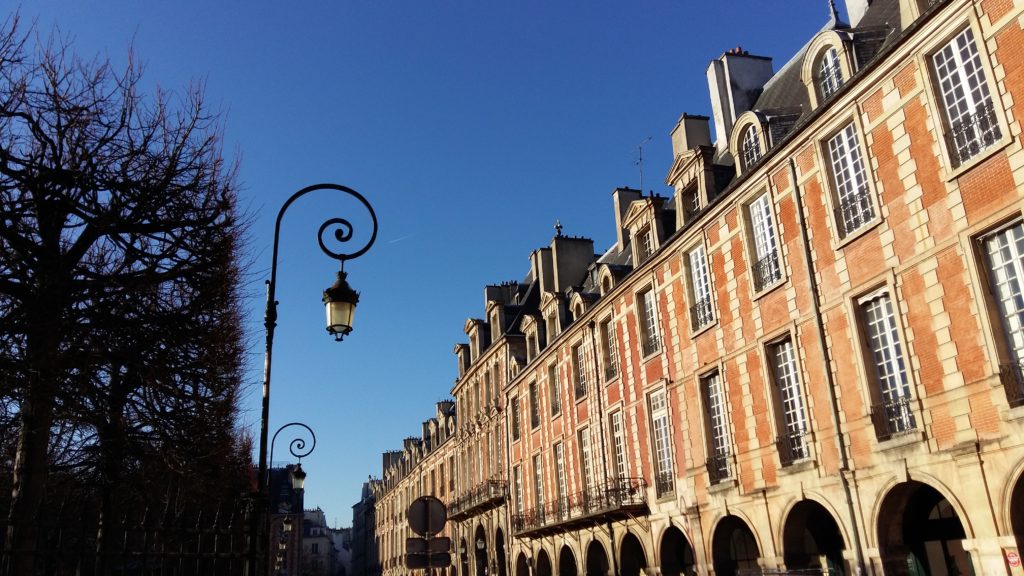
Joseph: Berlin was described by a former mayor as “poor but sexy”. This has become something of a cliché, and is not anymore entirely true. Where does one go in greater Paris these days to find “poor and sexy”? Can these two adjectives operate successfully together in the French capital region?
Adam: I’m not sure that ‘poor but sexy’ has ever described Paris. There have been hideous pockets of poverty through the ages and the self-proclaimed city of love has naturally been in a long and enduring clinch with sex- both as a pastime and an industry – but the two have rarely operated successfully together. Unfortunately, the ostensibly ‘sexy’ in Paris has often been more synonymous with sleaze or tawdry titillation, and poor has never been seen as sexy in a city that privileges beauty, glamour and luxury.
Is it still true today? In the 1960s, Ian Nairn described Pigalle – the festering heart of the gai paris world – as being “like a matron of forty-five unhooking her corsets with a simper or two”, and this mature lady has gone even further downhill since then (although many of her surrounding streets have gone massively upmarket). Nairn though also pointed out that the Parisian attributes of sex “light-hearted, expert, guilt-free – do not lend themselves to large-scale celebration”. Don’t expect a festival of ‘free love’ in Paris, but if you are poor you can still find plenty that is sexy. It will though probably be a chance encounter – or more likely today in a thoroughly digital city, one facilitated by online applications!
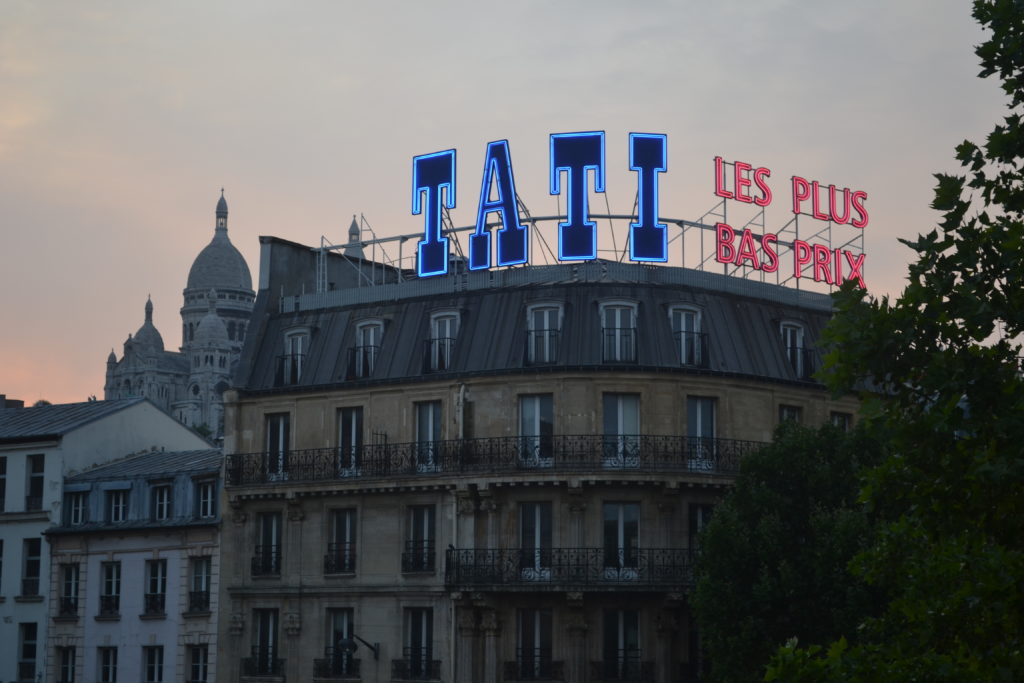
Joseph: The biggest struggle for Berlin in the next ten years will be how to balance its new-found popularity with gentrification and rising prices, such as a rents, so that neighbourhoods retain their original populations and neighbourhood character. What do you think is Paris’s biggest challenge in the next ten years?
Adam: The battle against gentrification – if indeed this was something that Paris ever wanted to combat – was lost a long time ago. City planning throughout history has always concentrated wealth together and forced the poorer members of society out to the edges. This was part of Napoleon III and Haussmann’s logic in the 19th century, razing much of the ancient and socially mixed centre and replacing it with the more upmarket and exclusive boulevards that still define the city today. Although the Paris region stagnated somewhat in the first half of the 20th century, post-war developments were focused almost entirely on moving the less wealthy out to the suburbs. Paris lost over 500,000 people in this period, individuals who were – as the writer François Maspero pointed out – “craftsmen, workers and small shopkeepers – all the people who made up a Paris street.”
For Maspero, “real people and real life” existed only beyond the city limits, and this disconnection between those who live in the city and those who make it work remains the capital’s biggest issue. The great challenge for Paris in the next ten years, beyond organizing the Olympic Games (although the two may well be linked!) will be to bring this greater diversity back into the city and help bring more culture, dynamism – and most importantly of all, transport – to the suburbs. Paris simply has to extend outwards, but this time without being the vampire the city has often been in the past.

Joseph: Berlin is a city where State crimes––the tragedies of the past, such as the Holocaust––are openly discussed on the city’s surface, through monuments, for all to see, in the service of ‘working through the past’. How are tragic elements of the past exposed or hidden by the State on the skin of Paris?
Adam: For a city with so much apparent visual history, Paris has a surprising amount of its past hidden away! The history of the city is a thoroughly political topic, endlessly discussed and dissected, but without general agreement on what might have constituted a crime or a tragedy. For this reason, it has always been difficult to build monuments and for the city to ‘work through’ its past.
Where for example are the monuments to the 20,000 Parisians killed by French troops during the crushing of the revolutionary Commune government in 1871? How has the city recognized the St. Bartholomew’s Day massacre in 1572 when perhaps as many as 5,000 Protestants were killed in Paris? More recently, the installation of a (barely visible) plaque on the Pont Saint Michel recognizing the state’s role in the ‘bloody repression of a pacific demonstration’ in 1961 where perhaps upwards of 100 Algerians were killed by the police, was judged by many on the right to be a ‘provocation’.
When discussing the Commune, Karl Marx pointed out that it “shocked the bourgeoisie” of Paris primarily because they have “a great need for political idols and ‘grands hommes’”. The proletarian Commune had neither. Paris is a city that has always celebrated its ‘grands hommes’ – and they have been invariably male – or battles won outside the country rather than specific events that took place in the city itself. Whether through statues, street names or Metro stations, these historical characters and distant futile wars still resonate in the city, but represent very little beyond a vague notion of ‘gloire’. The other, closer to home, stories are recognized across the city, but you have to look hard to find – and interpret – them!
Joseph: Berliners are known for their ‘Schnauze’ or ‘Berlin sass’. It’s a little bit like New York sass, but not as friendly. Some think of it as ‘insult masquerading as humour’. Others say that it’s a test: if you can survive a quip, you’ll find ‘Herz’ or ‘heart’ behind it. Is Paris as sassy? And if so, what is ‘Pariser Schauze’ or Paris sass like?
Adam: Rather than their humour or sassiness, I would say that it is in intellectual argument that the Parisian is most impressive. When discussing anything in Paris, you have to be prepared to have your opinion viciously torn to shreds, but this is not something to be seen negatively. It can seem very aggressive at first, but it is really more akin to a sport, like a kind of mental jousting. Indeed, friendships are not built around the passive sharing of opinions and beliefs, but rather around the ability to provide a stimulating debate partner. Endless evenings can be spent with people trying to prod you off of your horse!
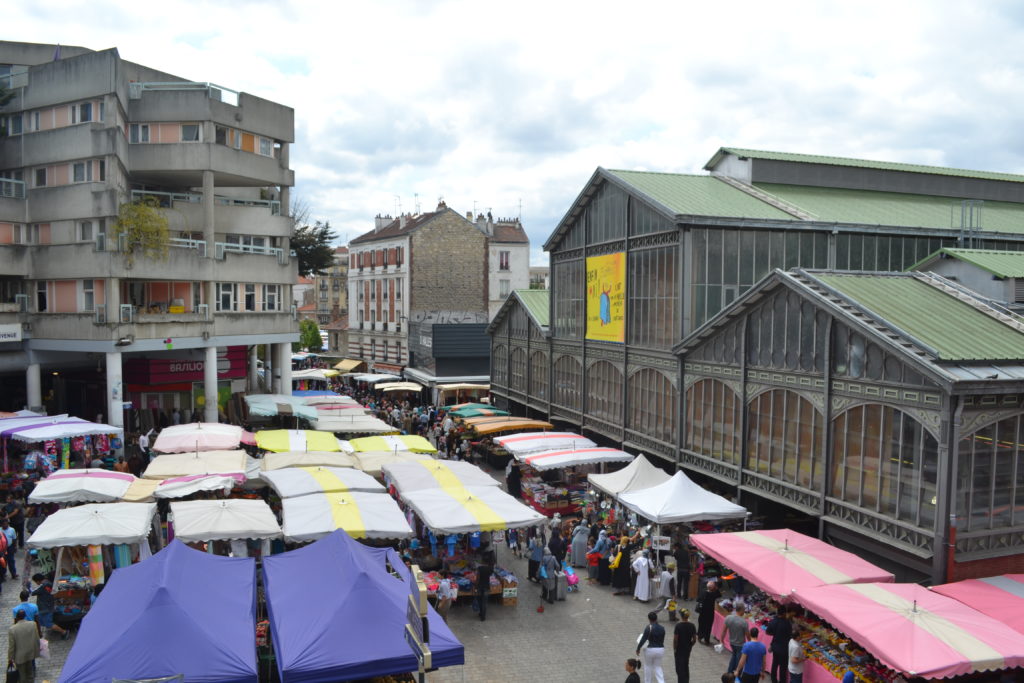
Joseph: Berliners have the reputation for being straightforward about sex, and not at all uptight about nudity. It’s a city where being promiscuous is neither a badge of pride not a social liability. It’s also a city where small talk and romance are known to come AFTER the act and not before. Is the order reversed in Paris? Is a lack of mystery and prudishness actually take away intrigue? Does a successful pull depend on charm and seduction?
Adam: Interestingly, an experimental nudist zone has just been opened in the bois de Vincennes in the east of the city, but although supporters cite Berlin as an example to follow, naturism is not something that is really in the Paris psyche. How could it be otherwise in the capital of fashion?
Nudity has to some extent become synonymous with exhibitionism, perhaps because the city’s long history of (female) nudity has always been as a spectacle and within a narrow scope of what might be considered aesthetically pleasing. Even today the dancers at the Crazy Horse cabaret have to be roughly the same height and with identical bust measurements! Parisians are not uptight about the subject or prudish about sex in the way that the English can be, but are more easily aroused by what may be underneath than what is on the surface.
If the physical has its importance – and eye contact is a language in itself – you will generally not seduce (and conclude!) in Paris unless you can also demonstrate some intellectual brilliance and the ability to amuse. With romance largely depending on this social interaction, it is very rare that it would come after the act. Standardised beauty may be celebrated in the city, but it is reassuring to know that when it comes to love and sex, the superficial is not on top!
Joseph: The Berlin aesthetic is described as industrial, peeling, unkempt, asymmetrical, and favouring transience over permanence. Are industrial spaces favoured or remodelled these days in Paris? How does a vintage hipster aesthetic express itself in a city as historically beautiful as Paris?
Adam: The city of Paris itself never had industrial spaces on a large scale, and those that did exist were pulled down long ago. The density of the city means that letting a run-down space casually evolve over time simply cannot be justified. Anything that falls into disuse must immediately become the subject of an urban regeneration project, but sometimes there are short windows for pop-up spaces. This has been the case each summer in recent years for an initiative known as ‘Ground Control’, which proudly boasts of its ‘Berlin-like’ installations. These have taken over redundant railway infrastructure, but are far too studied and exclusive, with top quality organic refreshments, and queues of people at the entrance coming from anywhere but the neighbouring social housing. The Berlin aesthetic may be there, but not the spirit.
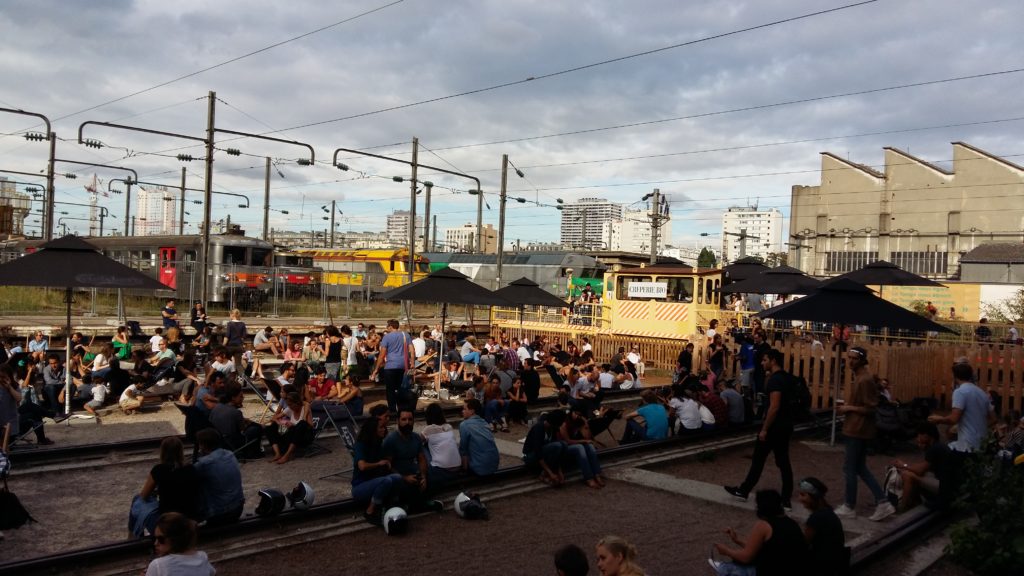
Paris has to work within the restraints of strict urban planning, but many establishments nevertheless try for a Berlin or New York style look. Across the city, you’ll find buildings with pristine exteriors, but inside the cafés, restaurants and bars will have worked hard on deliberate deconstruction, unearthing brick, concrete and metal posts, and carefully ensuring that the furniture doesn’t match. It’s all a bit artificial really, but it has helped make the Paris experience a little less formal in many places.
As mentioned before, “real life” – ordinary people in ordinary environments, paying reasonable prices for simple products – is far easier to find outside the centre or in the suburbs. The Paris hipster will go to a special barber to have his long beard nicely trimmed and pay 1000 euros for a bike without gears, but in Ivry, Montreuil or Saint-Ouen for example you’ll still find an artists’ squat in an abandoned warehouse, a communal vegetable plot or people riding reconditioned bikes they worked on themselves at a local cooperative.
You can read Joseph’s answers to Adam’s Paris-themed questions on the Invisible Paris blog.
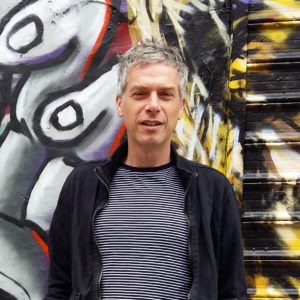

3 thoughts on “Berlin or Paris? Questions one city asks of the other”